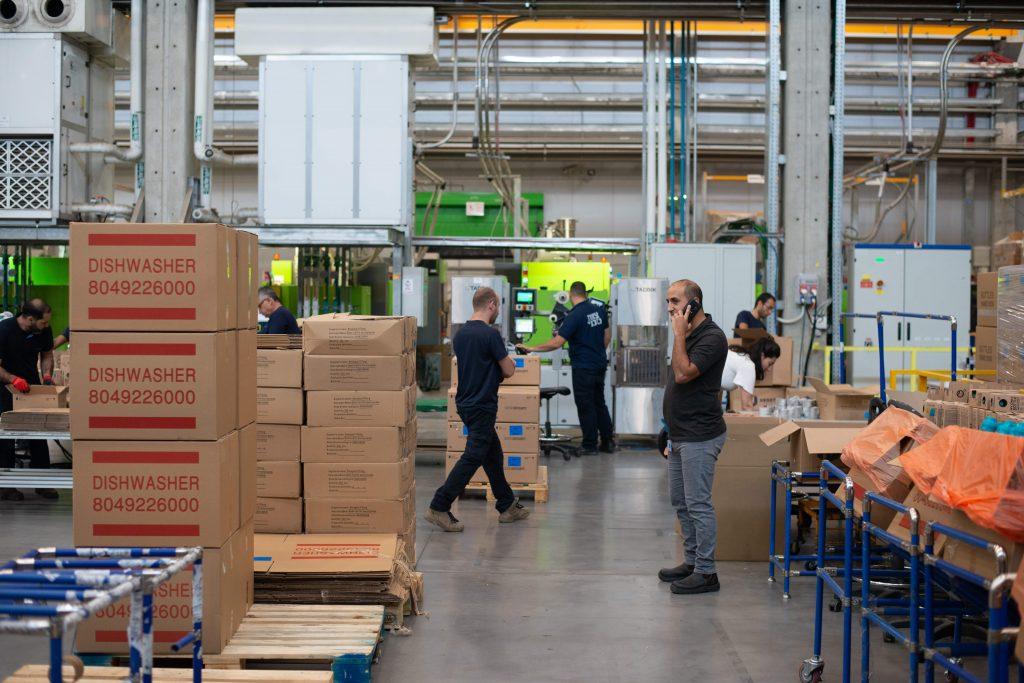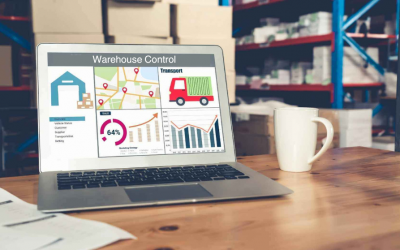What is Lean Logistics?
What is lean logistics? Simply put, lean logistics is improving the efficiency of a company’s logistical processes by reducing waste. But what exactly does that mean? And how do you achieve it? In this post, we’ll explain.
Lean logistics is an approach that focuses on the elimination of waste. It is achieved by eliminating activities that add no value to the process and focusing only on those that add value to the customer.
The question that arises here is what exactly do we call waste in logistics. Waste is defined as something that does not add value to the system, e.g., scrap parts and wasted time or inefficiency. When implementing a lean approach in the workplace, there are the following seven “forms” of waste that are widely examined:
Over Production
Overproduction is described as producing more than is needed. Even if the goods are ultimately sold, overproduction adds to storage costs and increases the possibility of price or demand volatility.
Waiting
When a product is in the middle of development and must wait for the next stage to finish.
Transporting
Moving goods around as little as possible is a good idea. Eliminating any unwanted product movement inside the facility and elsewhere is a critical phase in waste reduction, cost reduction and increasing the productivity.
Inappropriate Processing
Using machines or procedures that are more complicated or expensive than is strictly necessary to complete the task.
Unnecessary Motion
Procedures that require unnecessary movement, such as moving an individual part one at a time to a new location.
Defects or Errors
When a product is damaged or otherwise faulty during the production process, it is referred to as an error. It will either have to be scrapped or require more time and effort to be repaired.
“Lean” is the buzzword on every manufacturer’s lips these days. It seems everyone is looking for ways to save money and increase efficiency without sacrificing quality. Achieving these goals requires a shift in the way companies think about logistics, and that’s where the concept of lean logistics provides value.
Lean logistics has proven to be a far better solution than traditional logistics. It has garnered massive significance as a supply chain management tool, and when opposed to conventional logistics, it offers many advantages to companies and increases consumer satisfaction. Inventory control is one of the most important benefits of lean logistics. Through analyzing data, eliminating redundancies, and keeping the stock tight, you can ensure that production lines run smoothly and that inventory is not kept for long durations, minimizing Inventory Risk.
Six Sigma, like lean, is a tool for bringing discipline to logistics. These tools can identify and deal with waste and other severe inefficiencies in an organization when used in combination.
Six Sigma is a set of techniques concerned with discovering the source of the variations and deciding the best way to remove them so that a device can work with “near-zero defects.” It is a quick but efficient, systematic, and process-oriented method of ensuring improvements by specific responsibility allocation and organizational goals to achieve significant results. Six Sigma is a professional approach for achieving long-term quality improvement.
The powerful combination of Lean thinking and Six Sigma is increasingly becoming the core business of many forward-thinking companies. Further and continuous advancement in lean logistics can securely take businesses to another level of success by eliminating risks and waste in every possible way. With the implementation of Lean Logistics and Six Sigma, companies will be able to achieve:
- Inventory flow optimization
- Further optimization of working capital
- Enhanced relationships with suppliers
- Integration into overall operations
A methodology of supporting and incorporating the lean logistics practice is partnering with existing service providers who have specialized experience and resources while eliminating the need to create a similar business model forming a competitive environment. Leveraging on current service providers’ strengths and filling the gaps of their weakness makes Lean Logistics a powerhouse for internationally expanding companies like Bluorbit that operate as an aggregator of resources.
Lean logistics is, however, not a one-time practice. The method should be continued for the long run to attain organizational benefits and be implemented from the executive to the upper-management level.



